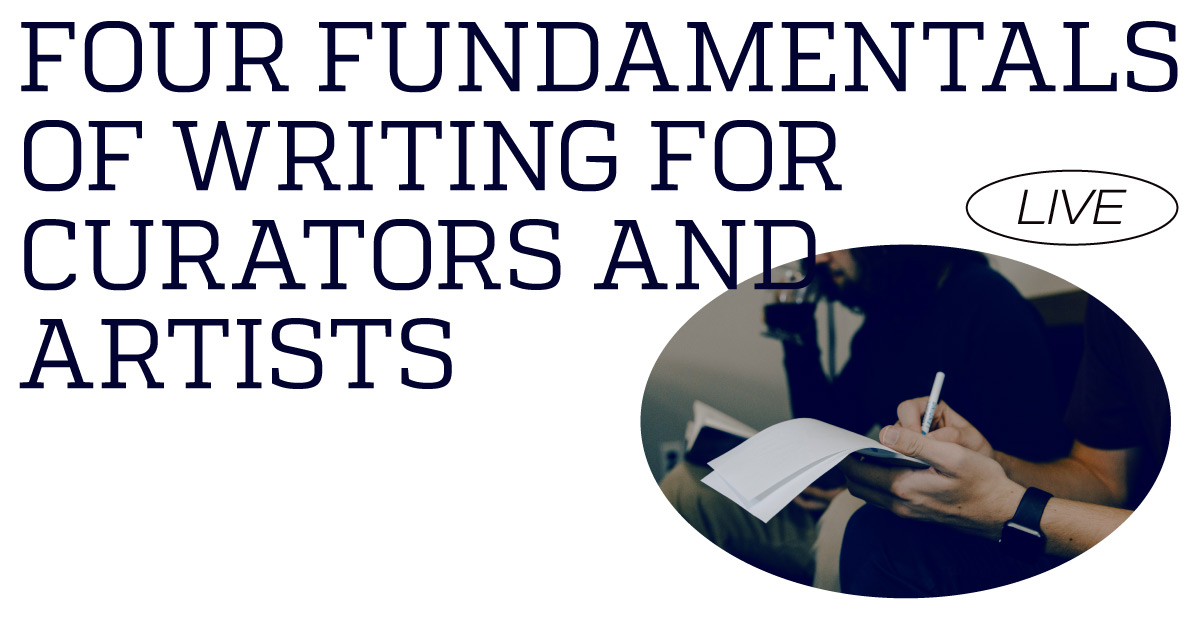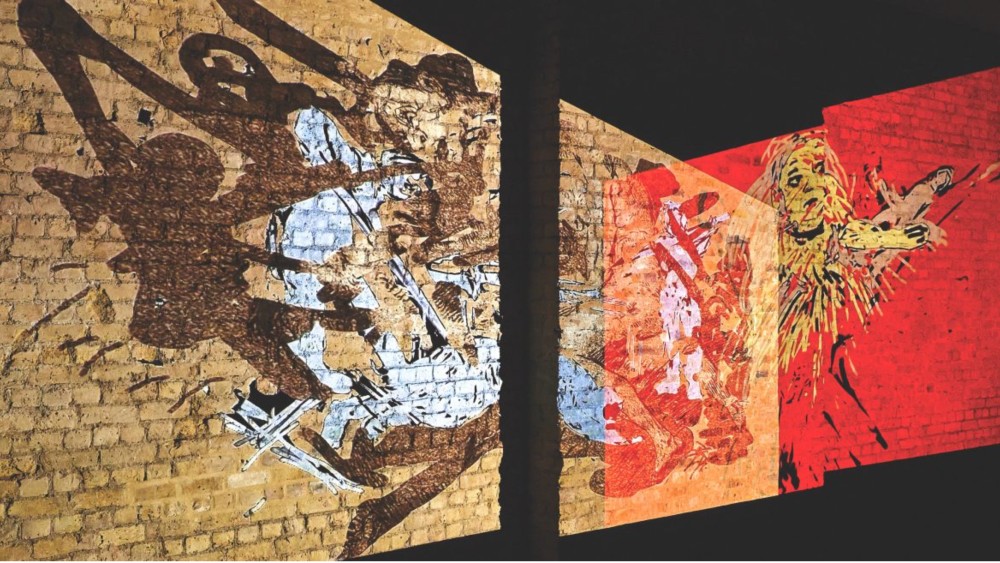with Joe Rowley
Written texts are the cornerstone of a profession in the arts. Understanding what to communicate, where and how is vital for securing jobs, acquiring funding and making your exhibitions accessible to audiences. A good text is how you ensure anyone turns up in the first place!
This course supports participants (particularly curators and artists) to produce the four main types of text used during a career in the arts: CV, bio, artistic statements and press releases. Together, we will build writing skills, discover essential tools and focus on how to communicate ideas and present people.
We will work with each type of text as a building block, starting with the humble CV and working up to compelling project proposals and press releases. As a group, we will consider how all of these different forms of text work together to give a coherent presentation of yourself as a cultural professional, but also how they can help you to understand your practice through writing.
All of the skills developed during the course are transferable to other applications in the real world and are based on fundamental writing skills applicable to any language, namely the ability to describe, to explain and to persuade.
By the end of the five sessions of the course, you will have a CV, bio, artistic statement and project proposal that you will have worked on and discussed with peers. We will work in ways that encourage reflection and an understanding that these are working documents that are constantly changing. However, by mastering these writing skills through practice, you will gain greater flexibility and swiftness to adapt these essential documents throughout your career.
Week 1: Introduction session and course overview
This is a welcome session. The lecturer will introduce the program and participants will introduce themselves. No prior preparation is necessary.
Week 2. Writing to inform: CV
- Introduction to writing and editing tools and techniques useful for the sessions ahead.
- What should your CV include?
- What should your CV not include?
- How to format for clarity.
- The aesthetics of structure – What does the formatting of your CV say?
Week 3. Writing to describe: Bio
- What should a bio include?
- What kind of bio for when?
- Self-editing and editing others – tools and skills.
- How do we want to tell our own story?
- Hierarchy in text.
- Thinking in word limits.
Week 4. Writing to explain: Curatorial statements and exhibition texts
- What is the difference between a curatorial statement, bio and exhibition text and what are they for?
- How can we build ideas in clear and understandable ways?
- What is our position and context as a writer?
- Who is our audience and how are we writing for them?
- Understanding “practice”.
Week 5. Writing to persuade: Proposals and press releases
- Key information.
- Why is our idea/project/exhibition important?
- Persuading visitors vs persuading funders.
- Communicating implementation.
- Living documents and the importance of consistency.
Image: Kaleidico











